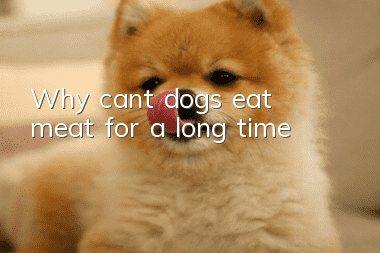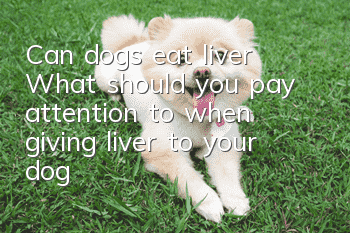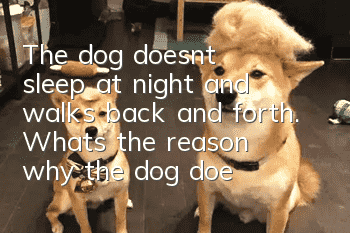Why can’t dogs eat meat for a long time?

After dogs and cats suffer from osteomalacia or rickets, they may look healthy on the outside. However, as the osteomalacia or rickets progress, their gastrointestinal function weakens, showing less food, weight loss, reduced activity, dry feces, and unwillingness to eat. Climb high places, especially fear jumping from high places. Teeth develop smaller than normal and fall out easily. When the joint between the ribs and costal cartilage is touched, there is a bead-like swelling.
Teddy and Samoyed
In severe cases of young dogs and cats, the lumbar and sacral areas are sunken, and the pelvic cavity becomes narrow. Due to dry feces, defecation is difficult, constipation often occurs, and the limbs are weak, especially the hind limbs.
Some dogs and cats suffered limb bone fractures or waist and spine injuries due to jumping from people's arms or jumping from the bed. Some were paralyzed and had to be euthanized.
Adult female dogs are prone to postpartum calcium deficiency convulsions after giving birth. Laboratory tests show that serum calcium is basically normal or slightly lower at the beginning of the disease, and decreases in severe cases. Why do dogs and cats that simply feed meat or liver develop osteomalacia or rickets?
The reason is that meat and liver contain less calcium and more phosphorus. The normal ratio of calcium to phosphorus in dog and cat food is 1.2-1.4:1 for dogs and 0.9-1.1:1 for cats. The ratio of calcium to phosphorus in raw meat is 1:10-32.5, and that in fresh liver is 1:36, which is very different from the normal calcium and phosphorus ratio required by dogs and cats. Therefore, osteomalacia or rickets are prone to occur.
- How to treat urinary tract stones in dogs? Dogs may need surgery!
- What should I do if my dog has no milk? The owner should check quickly and don’t let the puppies starve to death.
- Dog’s anal gland odor, please note that this is a sign of your dog’s health!
- What are the symptoms of dog pain? How to detect dog pain early
- How to make your dog like to eat dog food Four ways to make your dog fall in love with dog food
- Can dogs digest peach pits if they eat them? Can dogs digest peach pits if they accidentally eat them?
- How to protect your dog’s food? Teach you tips on training your dog
- Why do dogs defecate everywhere? How can dogs stop defecating everywhere?
- What should I do if my dog has lupus? Immune system diseases should not be underestimated
- If your dog's hair is cut and the skin is cut, the flesh is exposed. If the dog's hair is accidentally cut and the skin is cut, it must be disinfected immediately.



